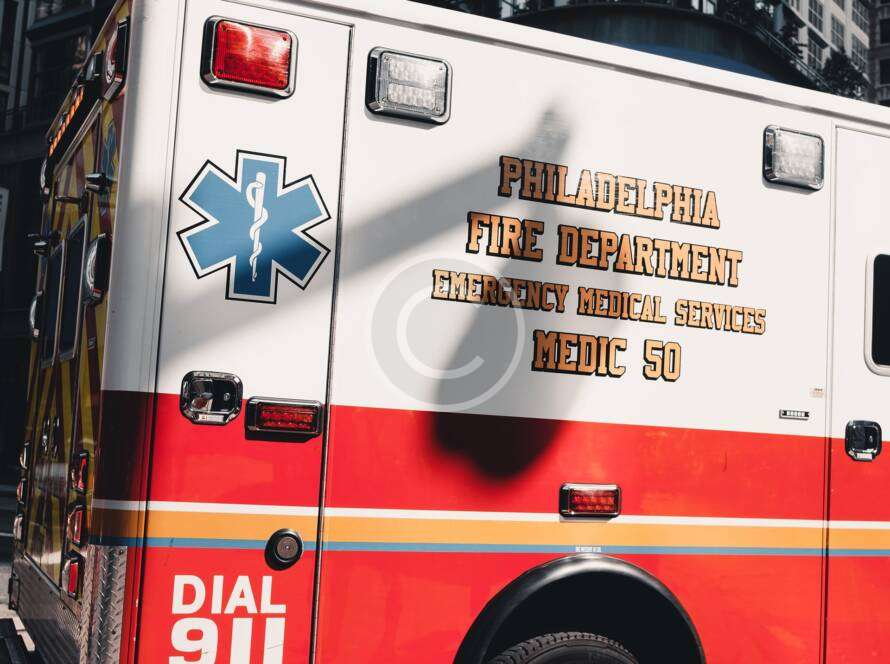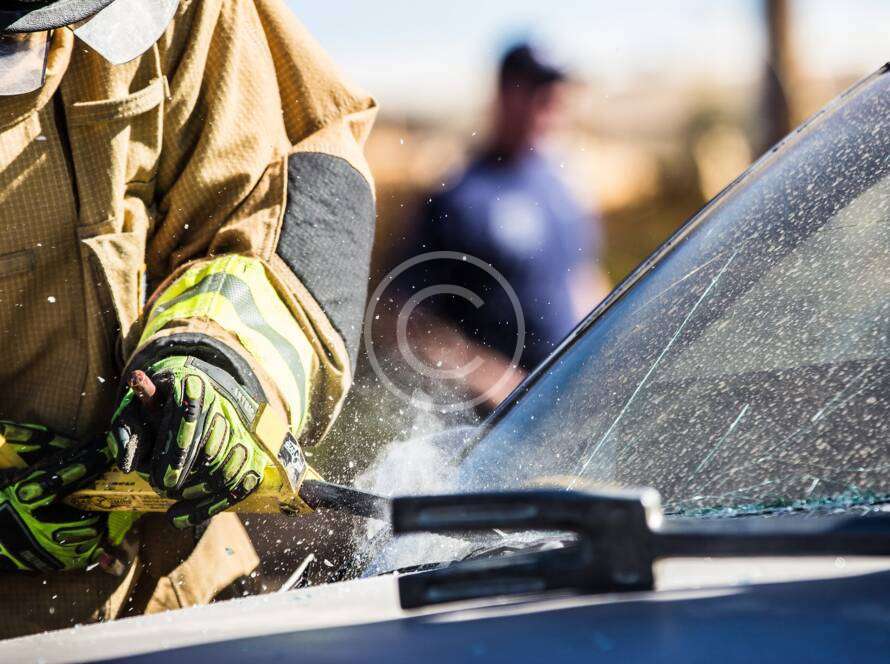When something goes wrong underwater, every second matters. Whether it’s a recreational diver ascending too quickly, a commercial diver experiencing equipment failure, or a public safety diver facing contaminated water exposure—rapid, informed emergency response can mean the difference between full recovery and lifelong disability… or even death.
At Trilogy Emergency Medical Solutions, we’ve built our reputation on training responders to act fast, smart, and effectively when dive emergencies strike. This isn’t textbook CPR or generic rescue training—we’re talking about specialized knowledge tailored to the unique physiology and hazards of diving.
Why Dive Emergencies Are Different
Diving exposes the body to an environment it wasn’t designed for. High pressures, compressed gases, variable temperatures, and limited access to the surface create a perfect storm of risk. Some of the most common dive-related emergencies include:
-
- Decompression sickness (DCS)
-
- Arterial gas embolism (AGE)
-
- Barotrauma
-
- Hypoxia or oxygen toxicity
-
- Equipment failures
-
- Environmental exposures (cold, current, entanglement, contaminated water)
And unlike surface emergencies, you can’t just “call 911” when you’re 80 feet underwater.
The Critical Role of Dive Medical Training
In dive emergencies, the first 10 minutes are critical—but most standard EMS providers aren’t trained to recognize or treat diving-related injuries. That’s why we developed the Diving Medical Responder (DMR) and Diving Medical Technician (DMT) programs. These courses train responders—EMTs, paramedics, and divers alike—in:
-
- Dive physics and physiology
-
- Recognizing dive-related illness
-
- On-scene treatment and triage
-
- Recompression therapy protocols
-
- Transport considerations
-
- Hyperbaric chamber operations
The result? A highly specialized responder capable of managing both underwater and topside incidents, with skills that save lives long before a patient reaches a hospital.
When Time Is Oxygen
Unlike trauma, where bleeding is the enemy, in diving it’s often gas—specifically, nitrogen or air—in the wrong place at the wrong time. A diver suffering from DCS or AGE must receive 100% oxygen immediately, even before transport. Delays of just minutes can lead to permanent neurological damage or death.
That’s why Trilogy EMS emphasizes oxygen-first protocols, rapid neurological assessments, and real-world scenario training. We bring the classroom into the field with exercises that simulate dive boat extractions, contaminated water decontamination, and offshore support drills.
Real Stories. Real Outcomes.
We’ve seen firsthand how the right training changes outcomes. Divers recovered from paralysis. Commercial workers stabilized on site thanks to prepared medics. Rescue teams operating with confidence under pressure. It’s why scientific dive teams, public safety agencies, commercial operators, and even NASA contractors trust Trilogy EMS to train their teams.
Be Ready When It Counts
If your dive team, fire department, EMS agency, or resort operation works in, on, or around water—you need dive emergency training. Trilogy EMS offers:
-
- Diving Medical Responder (DMR) certification
-
- DMT Basic and Advanced training
-
- Scenario-based workshops
-
- On-site training worldwide
-
- Medical oversight and staffing support
Don’t wait until tragedy strikes. Prepare your team now—because in dive emergencies, seconds count.
➤ Ready to Train?
Explore our upcoming DMR and DMT course dates or schedule a custom training for your agency.



